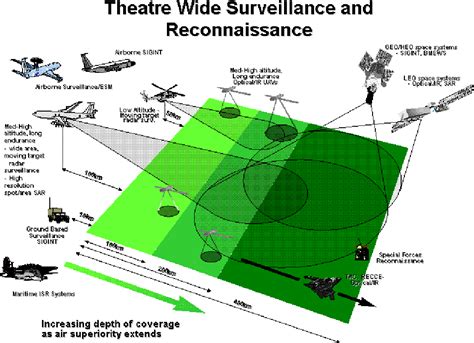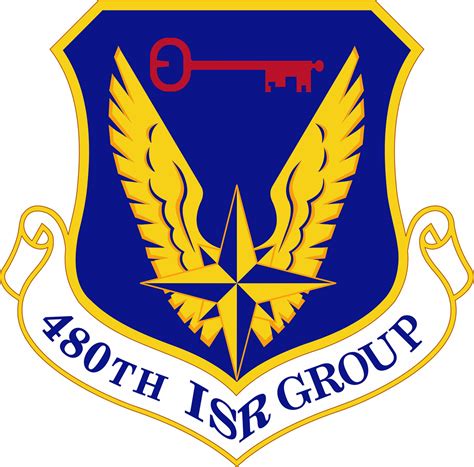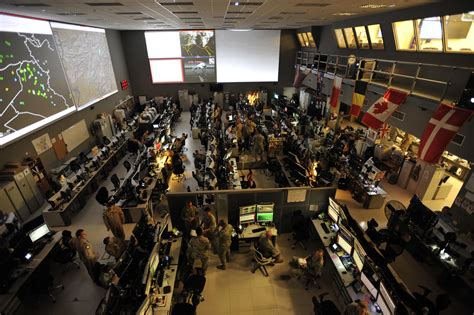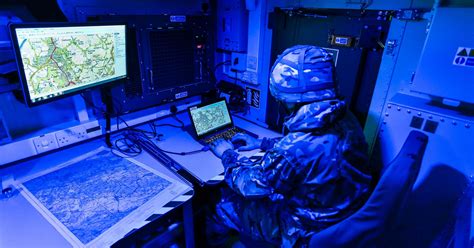Intelligence Surveillance and Reconnaissance (ISR) has become a cornerstone of modern military operations, enabling commanders to make informed decisions through the collection, analysis, and dissemination of critical information. The acronym ISR is often used interchangeably with terms like Intelligence, Surveillance, and Target Acquisition (ISTAR), although the latter sometimes encompasses a broader range of activities including targeting. The evolution of ISR capabilities has been marked by significant technological advancements, particularly in the areas of space-based sensors, unmanned aerial vehicles (UAVs), and cyber intelligence. These developments have not only enhanced the precision and scope of ISR operations but have also introduced new complexities and challenges in terms of data management, operational security, and ethical considerations.
Historical Context and Evolution of ISR

The concept of ISR is as old as warfare itself, with historical examples of reconnaissance and intelligence gathering dating back to ancient civilizations. However, the modern era of ISR began to take shape during World War II, with the widespread use of photographic reconnaissance aircraft and the development of signals intelligence (SIGINT) capabilities. The Cold War saw significant investments in ISR technologies, including the launch of the first spy satellites and the development of more sophisticated SIGINT systems. The post-9⁄11 era has been marked by an exponential increase in UAV deployments and the integration of cyber capabilities into ISR operations, reflecting a broader shift towards asymmetric warfare and counter-terrorism operations.
Technological Advancements in ISR
Advances in technology have been a key driver of the evolution of ISR capabilities. The use of UAVs, or drones, has revolutionized the field, offering persistent surveillance capabilities at a fraction of the cost of manned aircraft. Satellites have also played a critical role, providing both communications relay services and direct sensor capabilities such as synthetic aperture radar (SAR) and electro-optical/infrared (EO/IR) imaging. Furthermore, the integration of cyber tools into ISR operations has expanded the scope of intelligence gathering, enabling the collection of data from networked systems and devices. These technological advancements have significantly enhanced the timeliness, accuracy, and comprehensiveness of ISR products, supporting more effective decision-making across the spectrum of military operations.
| ISR Platform | Key Capabilities |
|---|---|
| UAVs | Persistent surveillance, real-time video feed, low operating costs |
| Satellites | Global coverage, persistent surveillance, multi-spectral sensing |
| Cyber Tools | Network exploitation, device tracking, intelligence from networked systems |

Operational Considerations and Challenges

Despite the significant advancements in ISR capabilities, operational considerations and challenges persist. One of the primary concerns is the management and analysis of the vast amounts of data generated by ISR systems. The sheer volume of information can overwhelm analytical capabilities, leading to delays in the dissemination of critical intelligence. Furthermore, the reliance on technological systems introduces vulnerabilities, particularly in the cyber domain, where adversaries may seek to disrupt or exploit ISR networks. Additionally, the ethical implications of ISR operations, especially those involving cyber intelligence and surveillance, have become a topic of increasing debate, necessitating a careful balance between operational necessity and privacy protections.
Future Directions and Innovations
Looking ahead, the future of ISR is likely to be shaped by several key trends and innovations. The integration of AI and ML into ISR systems will be critical, enabling more rapid and accurate analysis of data. The development of fifth-generation (5G) wireless technologies is expected to enhance the speed and capacity of data transmission, supporting more seamless and real-time ISR operations. Additionally, the exploration of new sensing technologies, such as hyperspectral imaging and quantum sensing, may offer unprecedented levels of detail and precision in intelligence gathering. As these technologies evolve, it will be essential to address the associated ethical, legal, and operational challenges, ensuring that ISR capabilities continue to support national security objectives while respecting individual rights and international norms.
Key Points
- ISR has become a critical component of modern military operations, enabling informed decision-making through the collection and analysis of intelligence.
- Technological advancements, including UAVs, satellites, and cyber tools, have significantly enhanced ISR capabilities.
- The integration of AI and ML into ISR systems will be crucial for managing and analyzing the vast amounts of data generated by these platforms.
- Operational challenges, including data management, cyber security, and ethical considerations, must be addressed to ensure the effective and responsible use of ISR capabilities.
- Future innovations, such as 5G technologies and new sensing capabilities, are expected to further transform the ISR landscape, offering enhanced precision and real-time capabilities.
In conclusion, the realm of Intelligence Surveillance and Reconnaissance is undergoing rapid transformation, driven by technological innovation and operational necessity. As ISR capabilities continue to evolve, it will be essential to strike a balance between enhancing intelligence gathering and addressing the ethical, legal, and operational challenges that arise. By doing so, nations can ensure that their ISR capabilities support national security objectives while respecting the principles of privacy and international cooperation.
What is the primary purpose of ISR operations?
+The primary purpose of ISR operations is to collect, analyze, and disseminate critical information to support informed decision-making in military operations and national security contexts.
How have technological advancements impacted ISR capabilities?
+Technological advancements, including the development of UAVs, satellites, and cyber tools, have significantly enhanced the precision, scope, and speed of ISR operations, offering real-time capabilities and global coverage.
What are some of the challenges associated with ISR operations?
+Challenges include data management and analysis, cyber security vulnerabilities, ethical considerations, and the need for continuous innovation to stay ahead of adversary capabilities.



